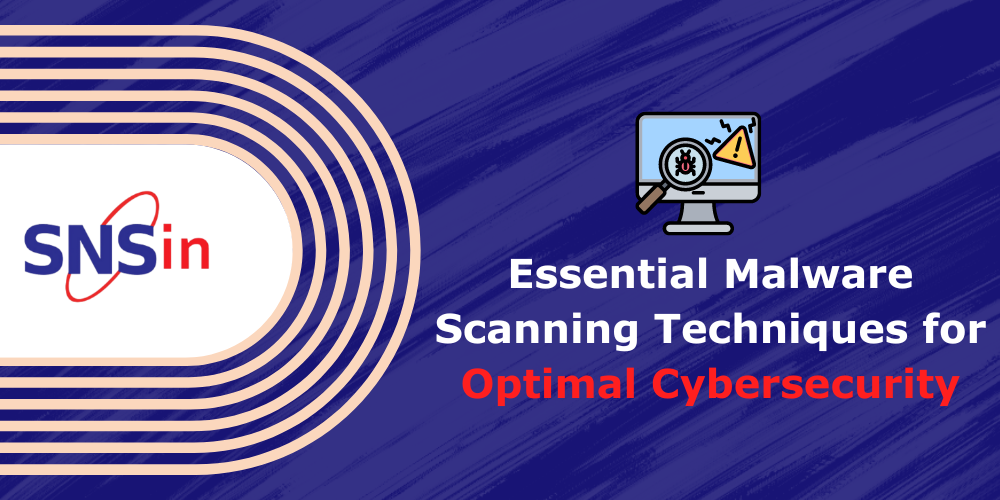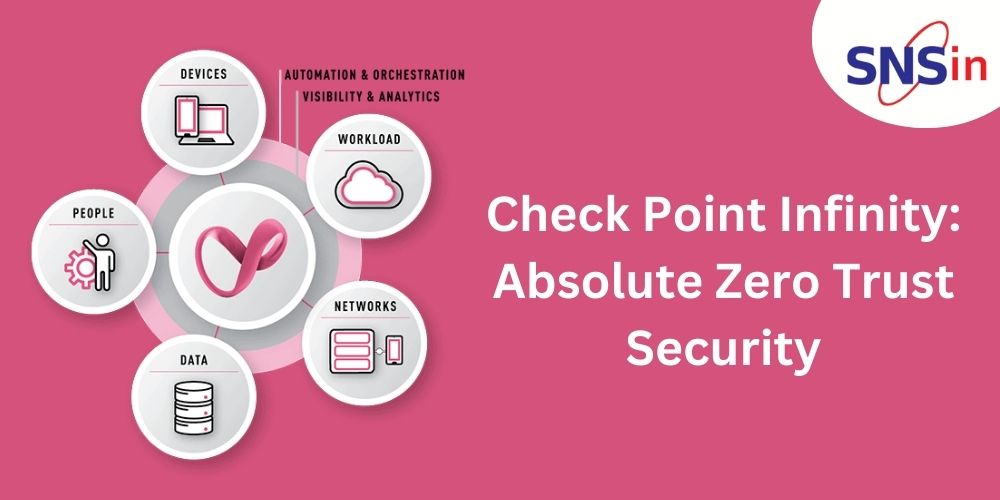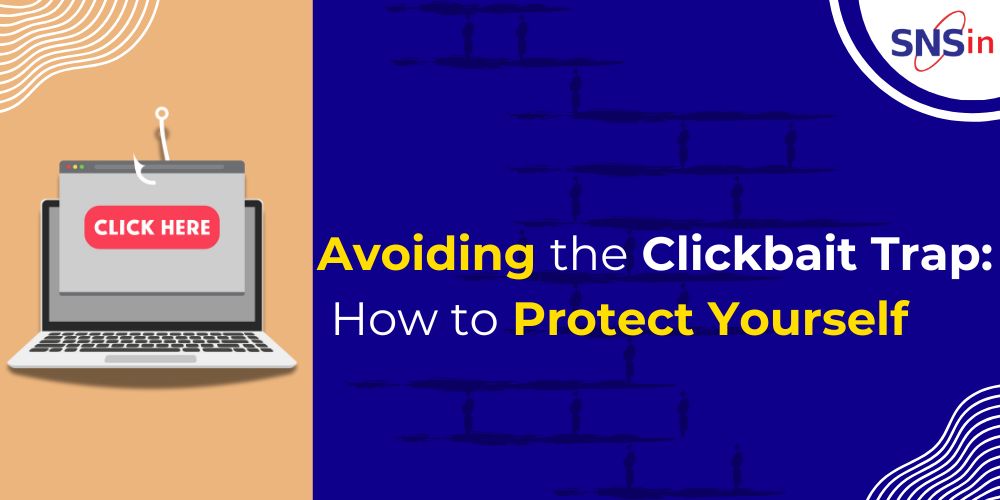In the modern globalized society, one aspect that cannot be overemphasized is the security of computer networks and data. When it comes to fighting cyber threats they are constantly changing so are the approaches to counter them.
Malware is an umbrella term that encompasses any type of existing and evolved hostile software that threatens to destabilize, steal information, and inflict billions of dollars in losses. The best thing that a computer user can do in order to protect himself or herself from malware is to conduct frequent and comprehensive scanning.
This blog will focus on fundamental malware scanning that is important in protecting your resource.
Malware and Its Types
Malware is a blanket term for malicious software like viruses, worms, Trojans, ransomware, spyware, and adware.
Viruses piggyback on legitimate programs, spreading when the infected program runs. Worms self-replicate across networks. Trojans disguise themselves as useful apps to trick users into installing them. Ransomware locks your files and demands payment for their release. Spyware gathers your data in secret, while adware bombards you with unwanted ads and might even spy on you.
Malware Scanning Techniques
Signature-Based Scanning: Signature-based scanning is like checking fingerprints for malware. It compares files to a database of known malware signatures. This works well for existing threats, but can’t detect entirely new ones.
Pros:
- Effective for known threats.
- Quick and efficient scanning process.
Cons:
- Does not work with new or polymorphic viruses that can alter their form or behaviour.
Heuristic Analysis: Signature scanning checks fingerprints of known malware. Heuristic analysis goes deeper, looking at a file’s behaviour (like suspicious code) to identify potential threats, even new ones.
Pros:
- Can detect new and unknown malware
- Offers an additional layer of protection if the signature-based method of detection does not work.
Cons:
- May produce false positives.
- Less efficient than signature-based scanning and requires more computing resources.
Behavioural Analysis: Signature scanning and heuristic analysis look at the file itself. Behavioural analysis runs the file in a safe sandbox environment and observes its actions (like modifying files or contacting suspicious servers) to detect malware, even entirely new variants.
Pros:
- Can counter polymorphic and metamorphic viruses.
- Lower number of false positives compared with heuristic analysis.
Cons:
- Requires significant computational resources.
- Slower than signature-based and heuristic scanning.
Machine Learning: Machine learning takes malware detection to the next level. By analysing massive amounts of both malicious and clean files, AI can identify patterns that define malware. The more data it processes, the better it gets at spotting new threats, making it a powerful tool for staying ahead of cybercriminals.
Pros:
- Very effective against new and complex viruses and malware.
- Continuously improves over time.
Cons:
- Takes time to set up and train typically depending on the number of users.
- It may be costly, time-consuming and sometimes difficult to put into practice.
Cloud-Based Scanning: Skip the heavy lifting on your device! Remote scanning uploads files to the cloud for analysis using advanced techniques like signature scanning, machine learning, and behaviour monitoring. This offloads processing power for faster scans and leverages up-to-date threat intelligence for better protection.
Pros:
- Alleviates pressure from local systems.
- Gives exposure to current threat intelligence.
Cons:
- Requires a reliable internet connection.
- Causes issues with privacy and data protection.
Signature-Less Detection: Beyond signature-based scanning, advanced techniques like behavioural analysis, heuristic analysis, and machine learning join forces to detect even new and unknown malware. This multi-layered approach offers stronger protection against a wider range of threats.
Pros:
- Very effective in combating virtually all types of malware.
- This results in less need to update the signature constantly.
Cons:
- Can be difficult to set up and maintain.
- May still offer misleading positive results.
Best Practices for Malware Scanning
To maximize the effectiveness of these techniques, consider the following best practices:
- Regular Scanning: Regular scans are key! Schedule automatic scans to detect continuously and eliminate malware threats without needing constant manual intervention.
- Real-Time Protection: Double your defence! Enable both on-access and on-demand scans. This proactive approach stops malware in its tracks, preventing it from running or causing damage.
- Comprehensive Coverage: Fight malware on all fronts! Use a mix of scanning techniques. Signature-based scanning identifies known threats quickly. But for complex threats, combine it with heuristic, behavioural, and machine learning for comprehensive protection, leaving no room for malware to hide.
- Keep Software Updated: Keep your software updated! Regular updates ensure you have the latest threat signatures and algorithms to combat new and emerging malware. It’s essential for organizational security.
- Educate Users: Block unknown senders! Don’t open links or downloads from suspicious emails, texts, or websites. This reduces your risk of malware infection.
Conclusion
Multi-layered defence is the key! Combine signature scanning, behavioural analysis, machine learning, and cloud-based scanning for robust protection against evolving malware threats.
At SNS, Security is our sole focus. We understand the complexities of cybersecurity and translate that knowledge into practical, implementable solutions. We go beyond just security services – we become your partner in safeguarding your cyber environment.
Let SNS handle your security needs so you can concentrate on what matters most. Send us an email to [email protected]
Swathi
Author
Working IT professional and a Cyber Security enthusiast. Passionate to write about Cyber Security topics and Solutions. I share my insights as I study articles and trending topics in the field of Cyber Security.
![]()




